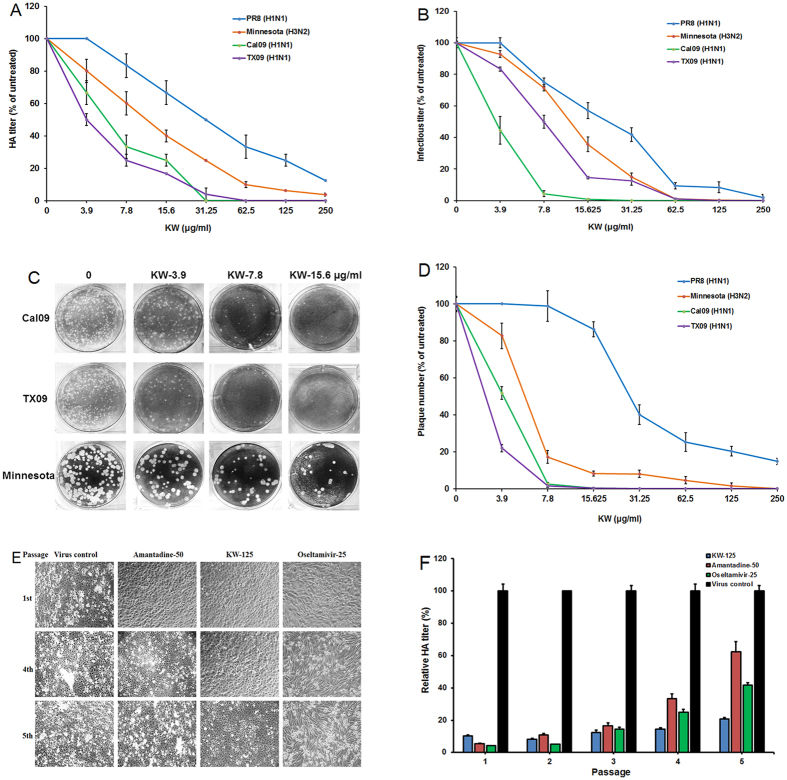Figure 2. KW possesses broad-spectrum anti-IAV activities and low tendency of induction of viral resistance.
(A) HA titers and (B) infectious virus titers from single-cycle high-moi assays performed on MDCK cells infected with PR8, Minnesota, Cal09 and TX09 and treated with the indicated concentrations of KW. Mean percentage HA titers or infectious virus titers were calculated as a percentage of HA or infectious virus titers, respectively, from untreated cells for each drug treatment condition in an experiment. Values are means ± S.D. (n = 4). (C) Approximately 50–100 PFU/well of Cal09, TX09 or Minnesota virus were pre-incubated with KW (0, 3.9, 7.8, 15.6 μg/ml) for 1 h at 37 °C before infection, respectively. Then the virus-KW mixture was transferred to MDCK cells, incubated at 37 °C for 1 h and subjected to plaque reduction assay. (D) Plaque number from plaque reduction assays performed on MDCK cells infected with the four viruses and treated with the indicated concentrations of KW. Values are means ± S.D. (n = 4). (E) Microscopy observations of CPE at the 1st, 4th and 5th passage of a multi-passaging experiment treated by either KW (125 μg/ml), amantadine (50 μg/ml) or Oseltamivir (25 μg/ml). (F) Quantitative analysis of the relative yield of progeny virus by HA assay at each round of total five rounds of propagation. PR8 (MOI = 0.1) infected MDCK cells were treated with KW, amantadine or Oseltamivir. At 24 h p.i., the cell supernatants were collected and employed for infection in the next round of investigation. Virus yields of mock-treated cells were arbitrarily set as 100%.

